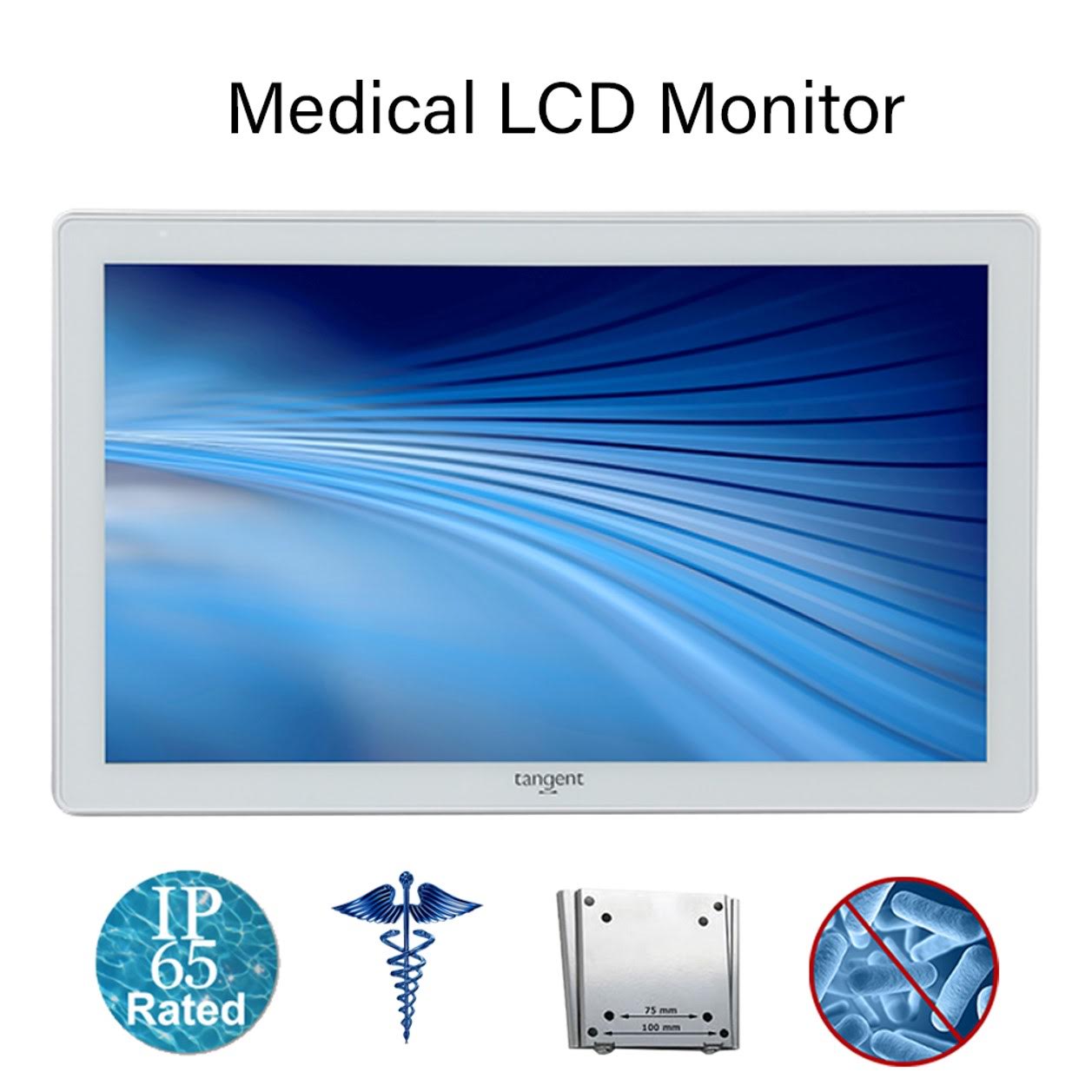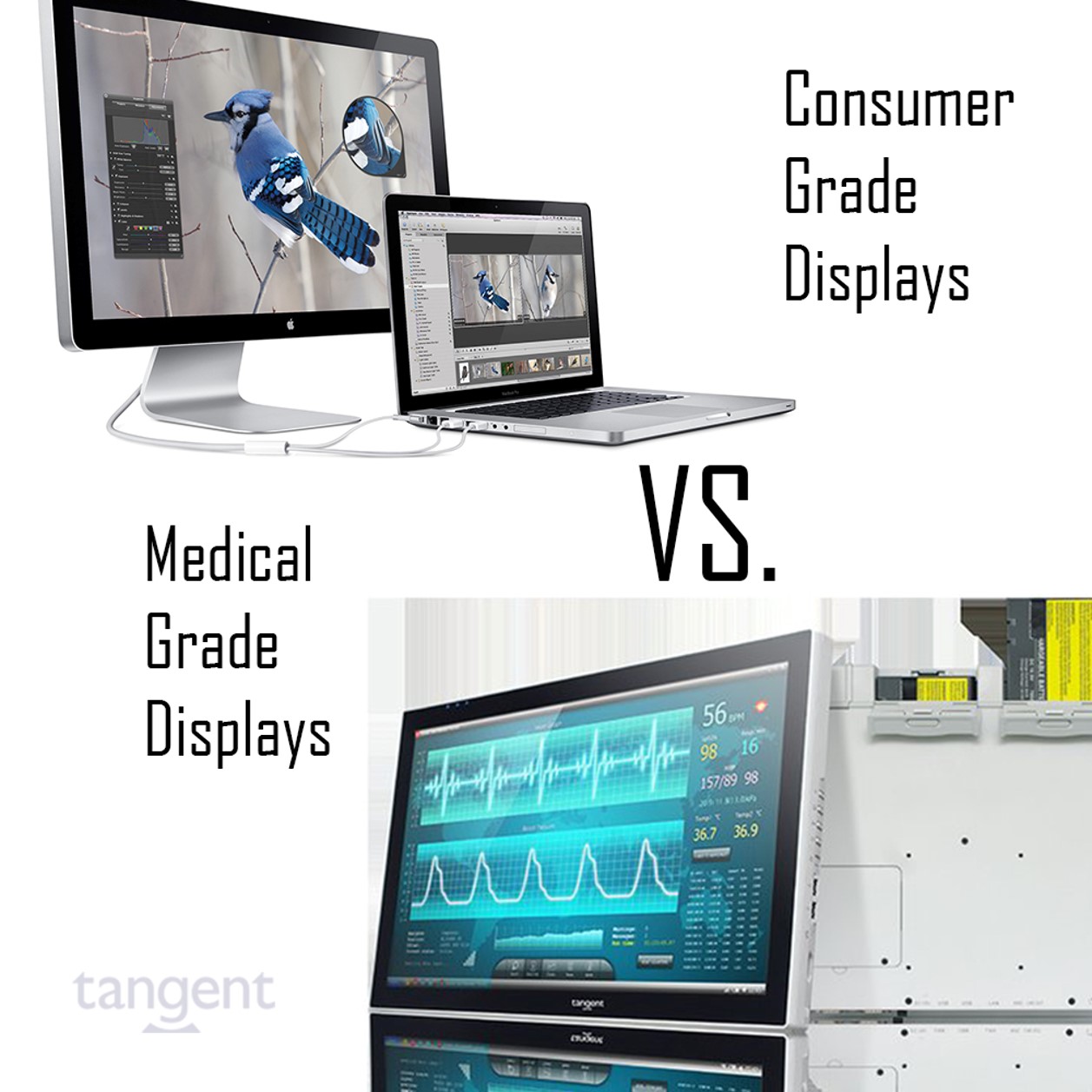Integrating technology into hospital workflows has been massively transformational to a great many health care systems and providers. An article from Healthcare IT News discusses how a hospital in New York was able to leverage technology to monitor patients and reduce transfers to the ICU by 63%. Staff at Saratoga Hospital were taking patients’ vital […]
Category: medical grade monitors

Invisible Threats
Invisible Threats Hospital equipment often is advertised as being antimicrobial, but how is it possible for a LCD monitor or tablet computer to ward off pathogens in a medical setting without being wiped down with disinfectants all the time? It seems odd for a collection of plastics and wires to promote any sort of health […]

Medical LCD Monitors
Medical LCD Monitors The CDC largely cites government agency regulations and the Spaulding Classification Scheme when determining recommendations for maintaining a safe medical environment regarding the cleanliness of equipment involved with or in the vicinity of treatment. In the early 90’s, OSHA (the Occupational Health and Safety Administration) enacted a standard called “Occupational Exposure to […]

Consumer Grade vs. Medical Grade Displays
The importance of selecting Medical Grade Displays for your Healthcare Application Although there is a wide availability of display solutions to meet the demands of hospital and diagnostic requirements, not every solution can provide the quality, consistency, or longevity necessary for successful operation and patient satisfaction. Hospital staff often do a double take when they […]
